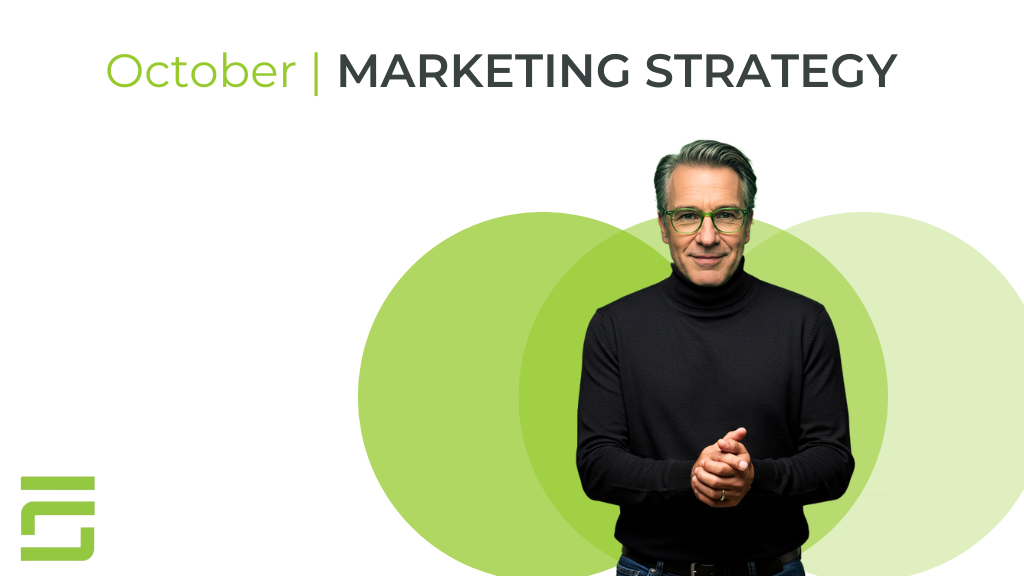
Nobody likes waiting in line. It’s especially frustrating when you’re in a rush…and have four or five people ahead of you…and…did that cashier just go on break? Don’t they realize how many people are already waiting?!
Browse the online reviews for just about any restaurant or retail store and you’re sure to find several comments (for better or for worse) regarding how quickly the business serves their customers. An otherwise glowing review can suddenly turn sour when they mention waiting an hour for their entree, and an otherwise negative review might end with, “but, hey, at least they were quick.”
Although websites and online stores never suffer from “long lines”, customers still expect a prompt and efficient experience. In fact, studies show that almost half of online shoppers expect web pages to load in two seconds or less, and about 80% report that slow websites discourage them from making a purchase. It’s important to keep in mind that while online shopping does avoid some of the inconveniences associated with a traditional “brick and mortar” store, this also makes it much easier for potential customers to simply walk away from their purchase. The pressure often felt in retail stores, that is, to buy something “as long as I’m already here”, doesn’t apply online.
How can you ensure that your website performs well enough that your customers won’t abandon their purchases? Well, the first step is to use an online tool such as Google PageSpeed Insights to determine the average load time for your website. Google’s tool also provides some recommendations for tweaks that will improve load time, so it’s definitely worth checking out!
Let’s say you analyze your site, and the average load time is reported as 3 seconds. That’s pretty close to that 2 second expectation, right? Well, it turns out that for every second of load time beyond 2 seconds, conversion rates drop an average of 7%. To put that in perspective, this means that if your website generated $1,000 in revenue per day, that one extra second would translate to about $70 in lost revenue. At an average load time of 4 seconds, that doubles to $140 in lost revenue, $210 at 5 seconds, and so on.
Okay, enough bad news. The good news is that making improvements to your website’s load time is often a relatively straightforward process; it’s a matter of identifying what’s causing the sluggish behavior and how to remove or modify this root cause. For example, uninstalling unneeded / outdated plugins, reducing the size and/or number of images, and tweaking the way the site loads its content are all common ways of improving site speed. As load times get shorter, not only will conversion rates improve, but the site’s search result rankings will climb, page views will go up, and repeat customers become more likely.
Your website is where all of your digital marketing efforts come together — a quick, enjoyable online experience ensures you won’t lose the customers you worked so hard to attract. As a web hosting, web development, and digital marketing firm, we’re able to help ensure your marketing is firing on all cylinders. Let’s talk about what we can do for you!





